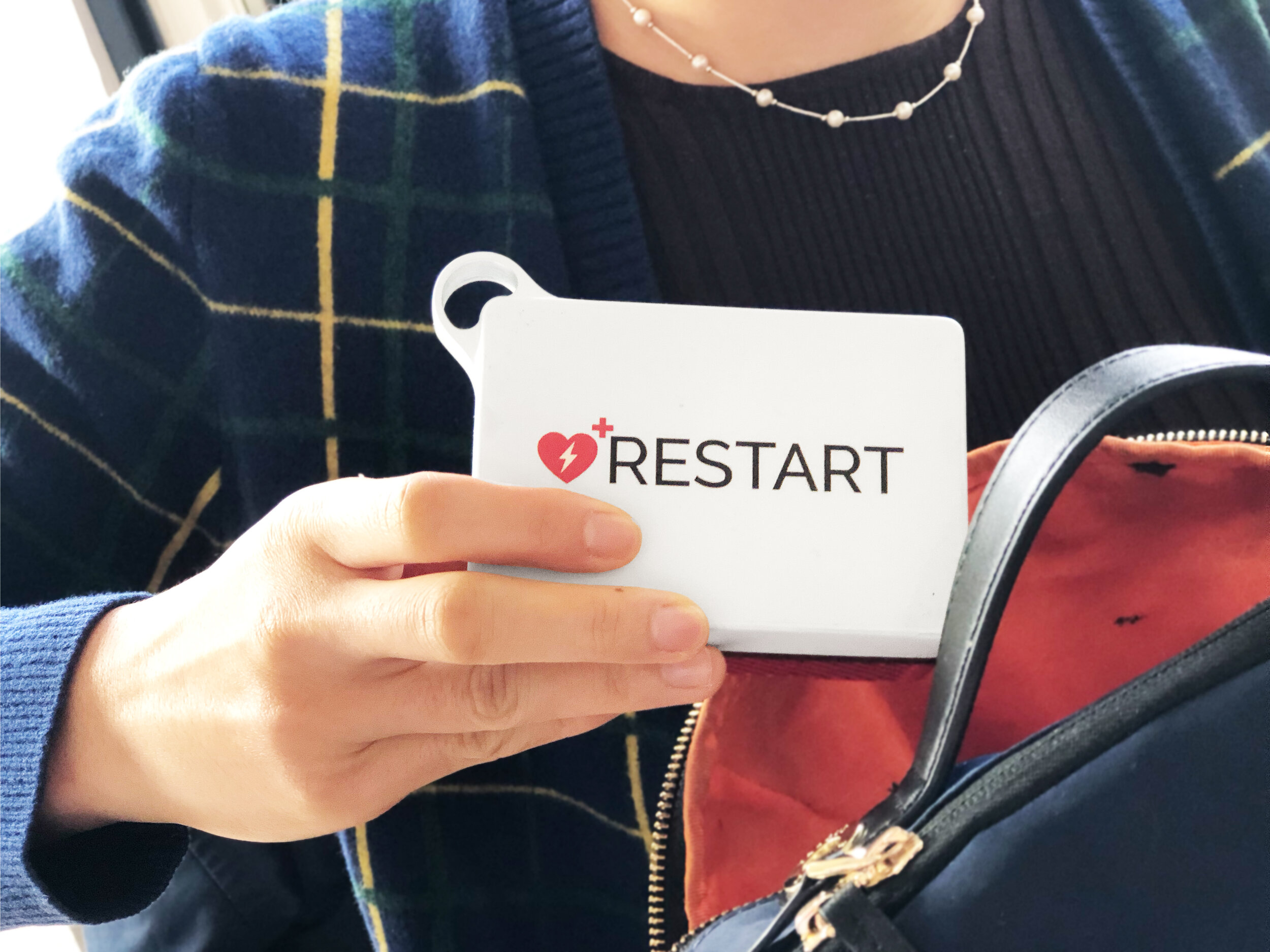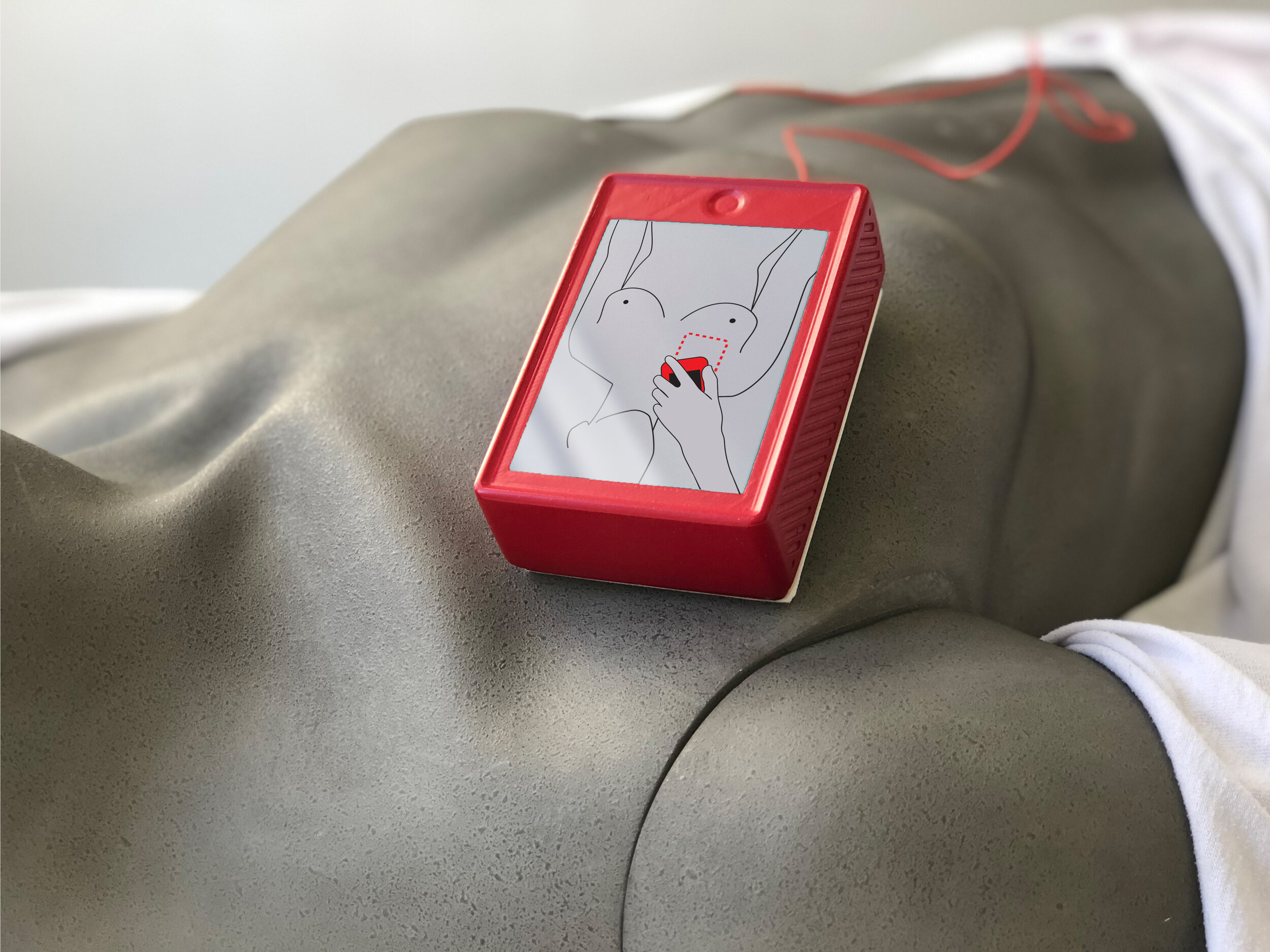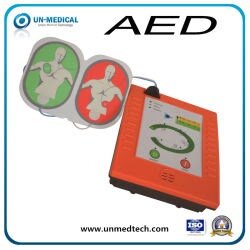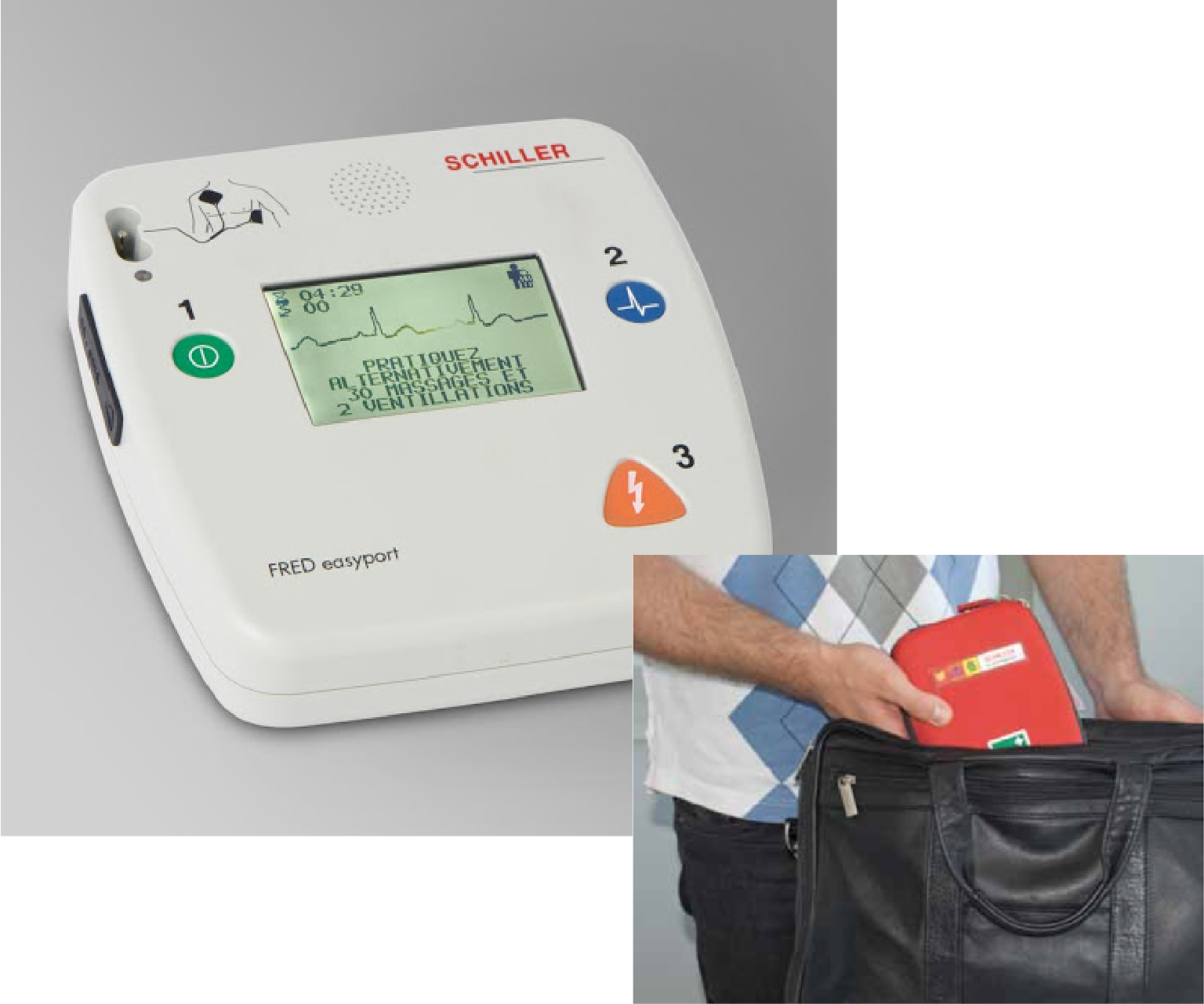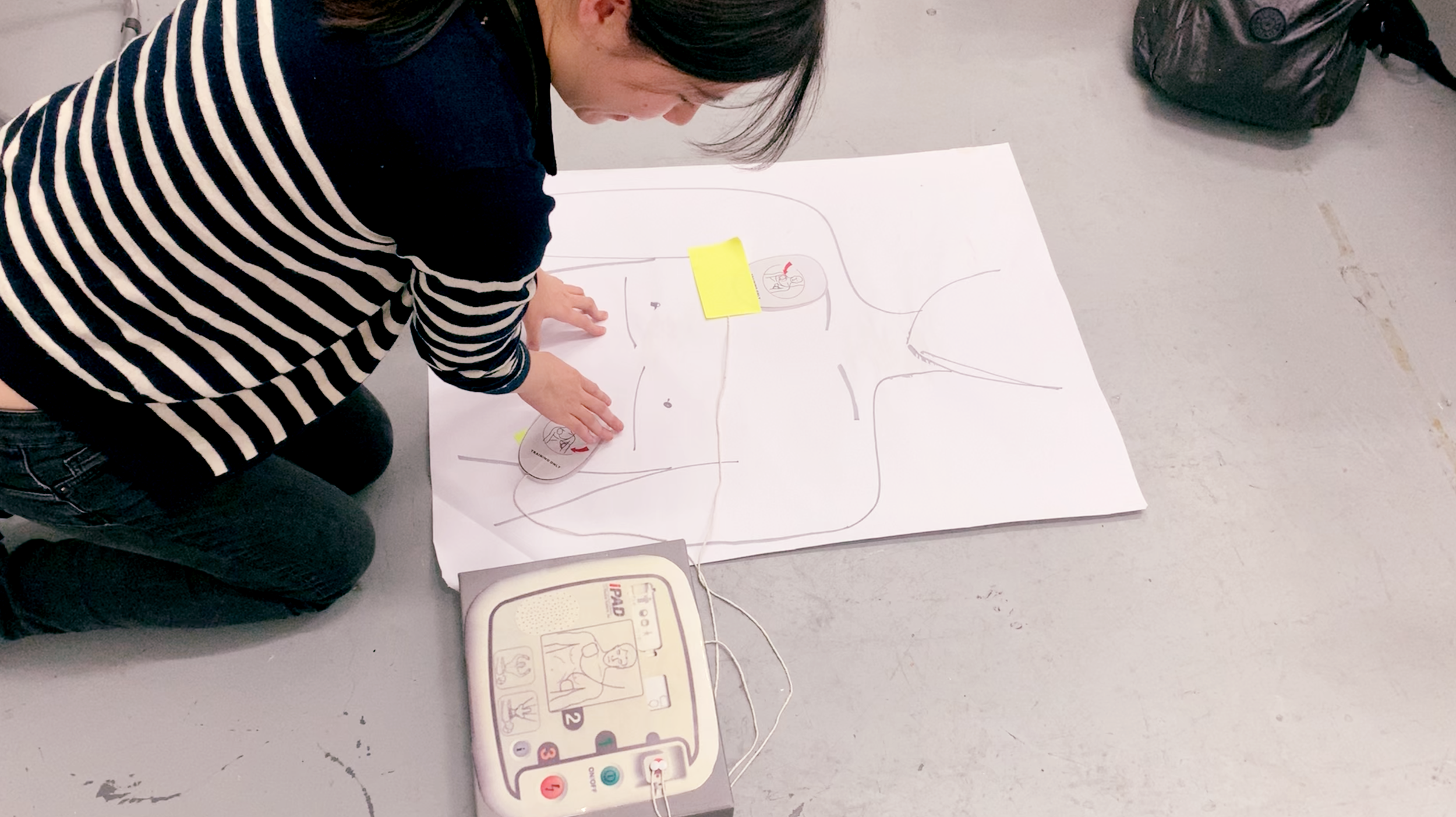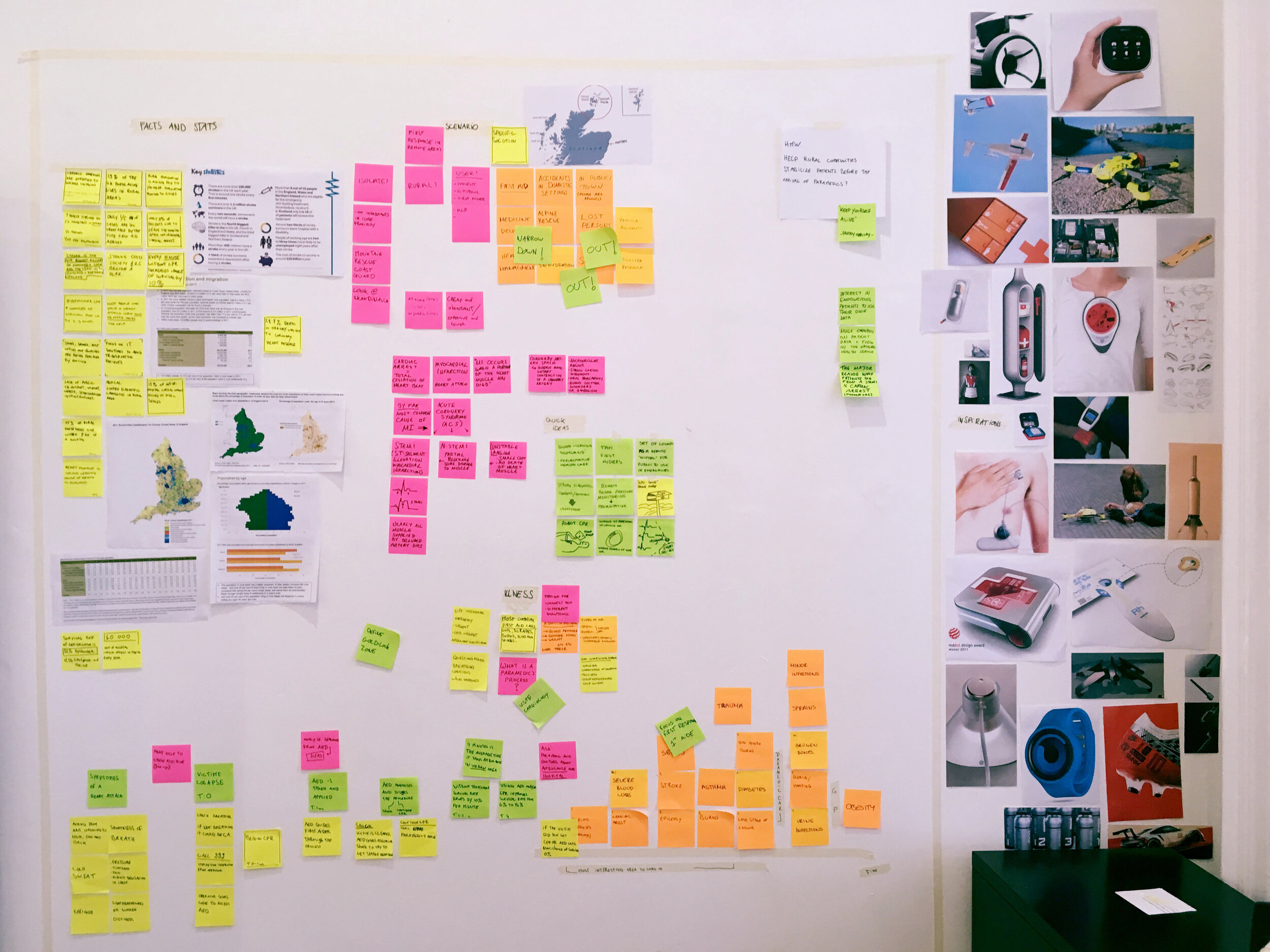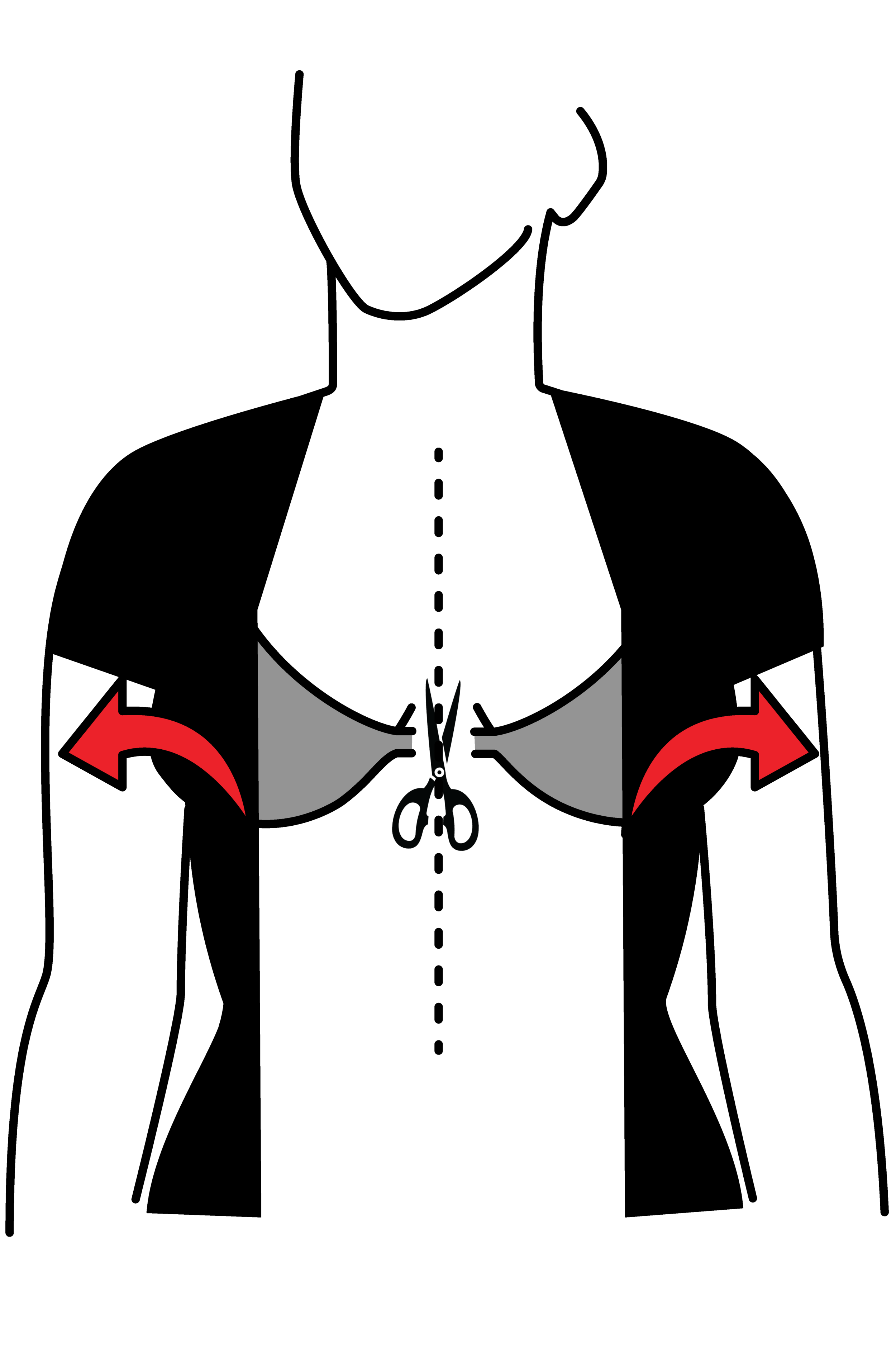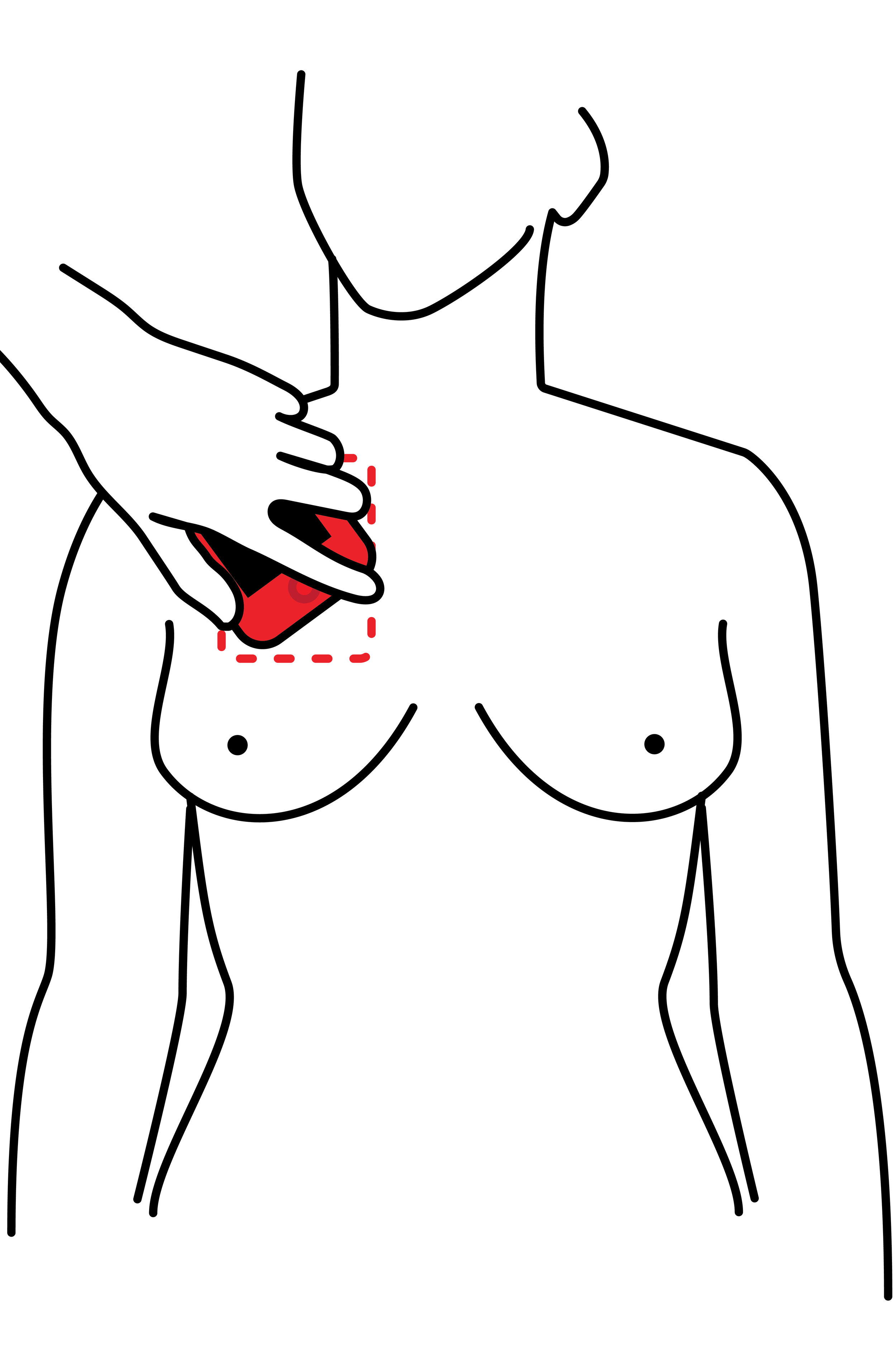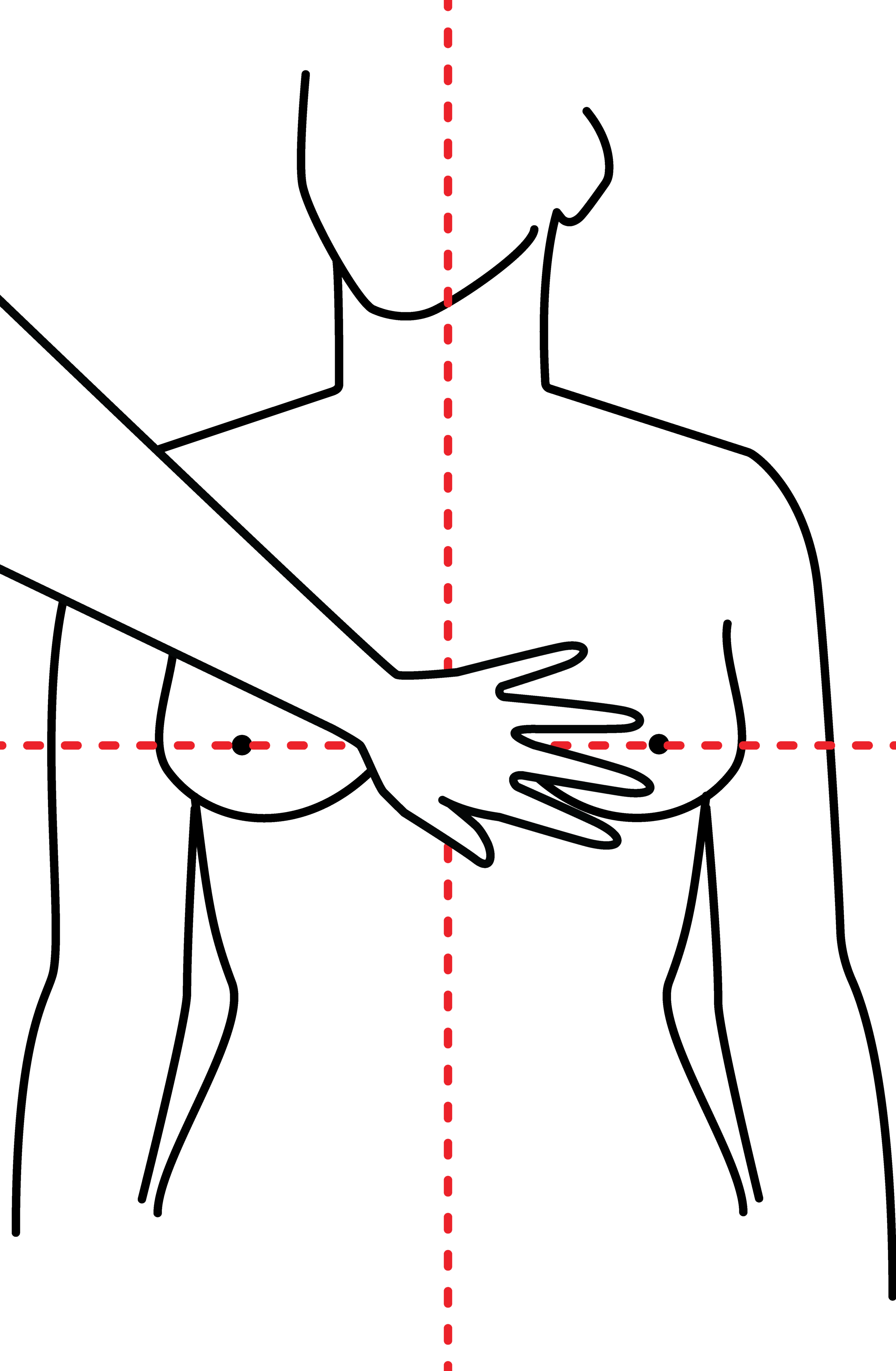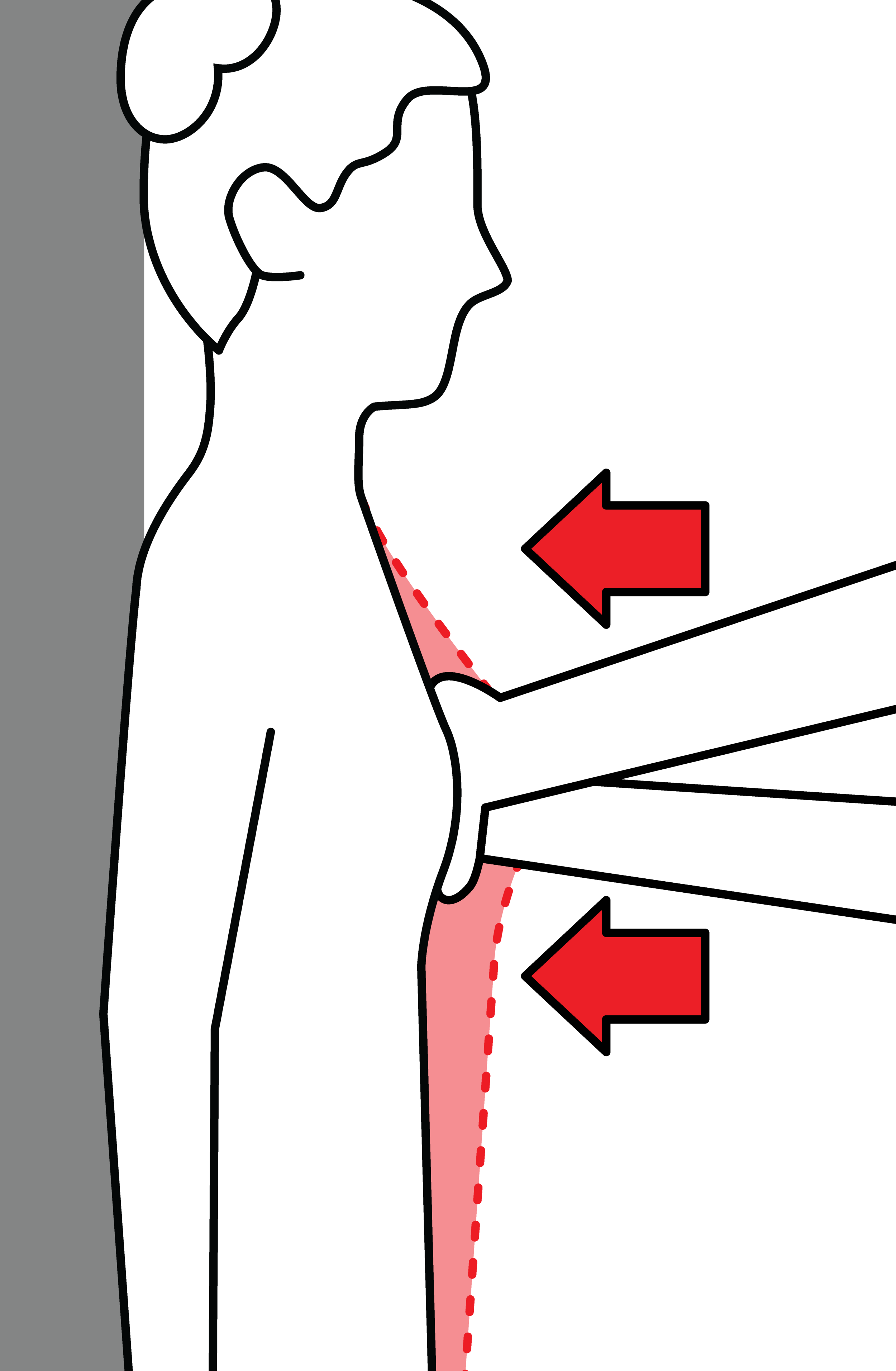Heart Restart
My role:
Research (qualitative & quantitative)
Ideation
Prototyping interface
Testing interface & physical prototype (+iteration)
Logo design
Concept video direction & editing
Exhibition design
Innovation Design Engineering | 2019 | 3 months
Team: Melinda Kuei, Claudia Maw, Aimee Kyffin, Daan Leenarts
Heart restart is a portable defibrillator that enables people at risk of a cardiac arrest to carry a life-saving device with them everywhere they go, which will empower their friends and family to save their lives in a time of need.
This project was shortlisted for the 2020 Red Dot Design Concept and endorsed by the Imperial Enterprise Lab.
Problem
Cardiac arrest can happen to anyone, anywhere. It can be caused by blunt trauma to the chest area, or even by receiving a huge emotional shock.
82 out of hospital cardiac arrests every day in the UK and the current survival rate is 10%.
Defibrillation within the first 3 minutes of an event increases survival rate from 6% to 76% and ensures minimal damage to the brain.
In the current situation, even in the most defibrillator-dense area in London, the average time it takes to get to the nearest PAD (public access defibrillator) is 10 minutes.
Solution
We minimized the number of moving parts and shrank the device to be pocket-sized. This is feasible with existing battery and capacitor sizes available on the market, but has the potential to be made even more compact in the future with the research and development of lithium-ion supercapacitors.
Heart Restart can retail at £718, which is on the lower end of the defibrillator market (current defibrillators cost £900-1800).
Heart Restart challenges the status quo of defibrillators being publicly owned objects dispersed throughout the city and puts control back in the hands of the individual.
The primary goal of the defibrillator redesign is to be accessible; user-friendly, portable, and affordable.
We decreased the number of steps to defibrillation from the existing average of 22 steps, to 8 steps. Each step accompanied by visual and audio guides.
Process
Research
Interviews
Pivotal switch from looking at remote locations to focusing on London. It takes an average of 11 minutes to reach the patient in London due to the size of the city and traffic. In the Orkney islands, the response time is less than 8 minutes.
All medical professionals said the same thing, “The more defibrillators, the better.”
Street Interviews
Most people don’t know where the nearest AED (Automated External Defibrillator) is located.
People on average guessed the cost of AED’s to be £1000.
People would be willing to pay an average of £500 for an AED.
Would potentially buy one as a good samaritan item if they were more affordable.
Experimentation
We had users test a mockup of an existing AED to see if there were any pain points we could resolve for.
People were easily stressed even in an informal testing environment.
Had to look in multiple areas for visual cues to indicate next steps.
Did not perform CPR correctly, were not listening to the instructions.
Users wanted confirmation/correction for their actions.
Users wanted more control over the instruction pace.
Average time to defibrillation was 3-5 minutes.
Secondary Research
Only 5% of the UK population is trained and willing to perform CPR.
80% of cardiac arrests occur at home, 50% of these are witnessed.
Each passing minute, survival rate with good neurological outcome drops by 10%. 3 minutes is the golden timeframe.
Even in the most defibrillator-dense area in London, the average time it to get to the nearest PAD (public access defibrillator) is 10 minutes.
Women are 27% less likely to receive life-saving CPR than men.
There is no legal requirement for employers to provide AED in the workplace.
Market Analysis
AED’s were sold mainly B2B
Cost range typically £900-1800
Cheapest defibrillator is £450, 256 x 220 x 80 mm, 1.9kg
Smallest defibrillator is £2,880, 133 x 126 x 35 mm, 0.5kg
Define
Ideation
Challenge the status quo
Instead of B2B, we want to focus on B2C. Empower individuals so they’re not dependent on a company’s goodwill to provide AED’s
Our product needed to be much more portable than existing market versions so the user could carry it on their person.
Analogous Object
EpiPens are portable life saving devices.
Like EpiPens, AEDs require parts to be replaced.
An EpiPen’s owner is responsible for alerting surrounding colleagues, family and friends on how to operate it.
Usability
Smaller size forced us to minimize moving parts and streamline the steps from an average of 22 steps, to 8 essential steps.
We knew visuals would aid in accuracy of AED pad placement and CPR hand placement.
Feasibility & Viability
An AED is essentially a:
high voltage circuit
a CPU
a power bank
2 electrodes
a user interface
We estimate the electrical components to cost at around £200 per individual unit.
Prototype & Test
Physical prototype
Would people remember to carry it with them?
We asked two participants to carry the prototype with them at all times for a week straight. At then end, we conducted a followup interview.
Was convenient to carry if the user used a bag
Would be even less of a burden if she had bought it with the intention of safekeeping a loved one.
Needed a way to tell other people about the existence of the life-saving device in their back in case they were unconscious

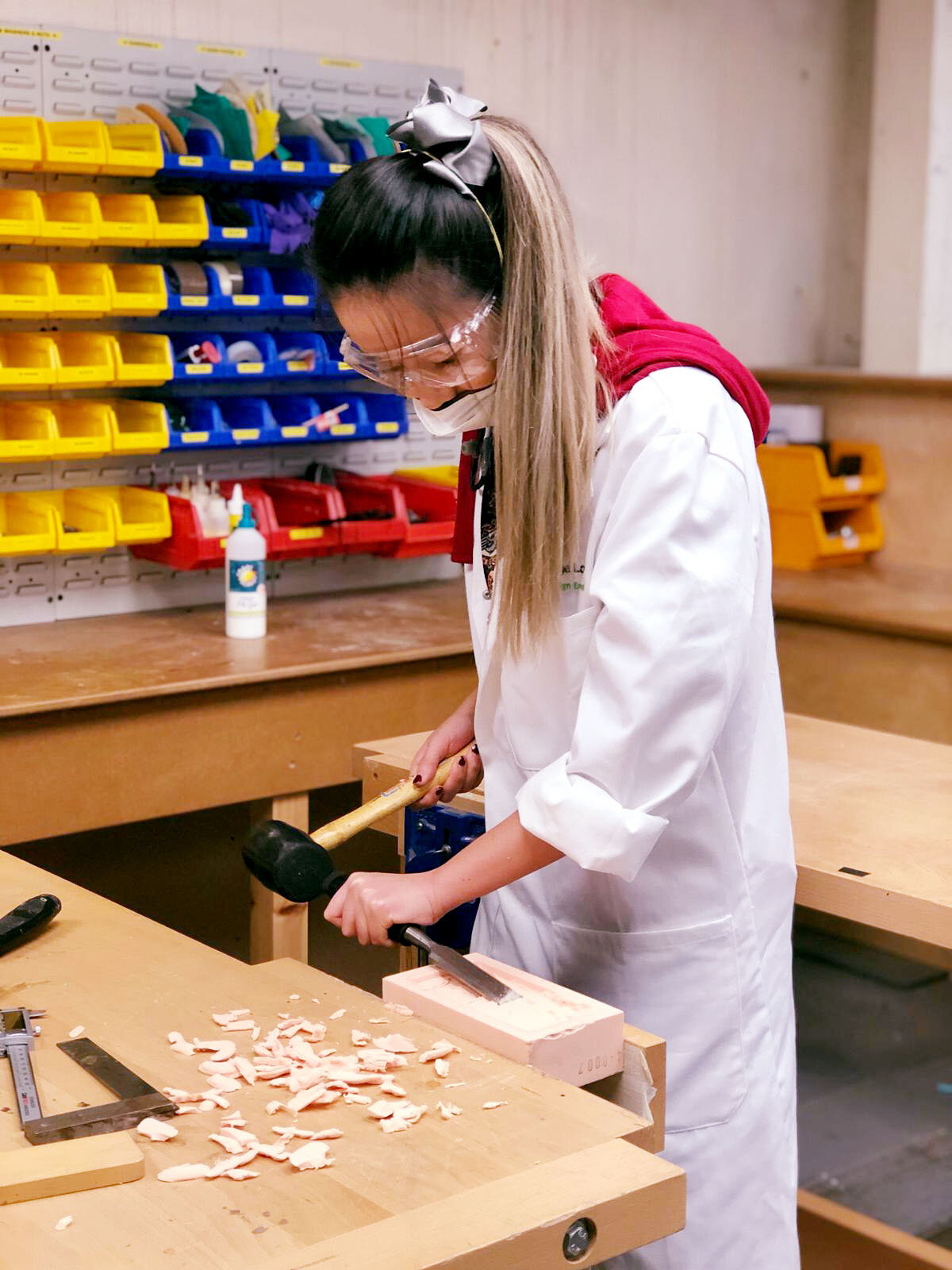

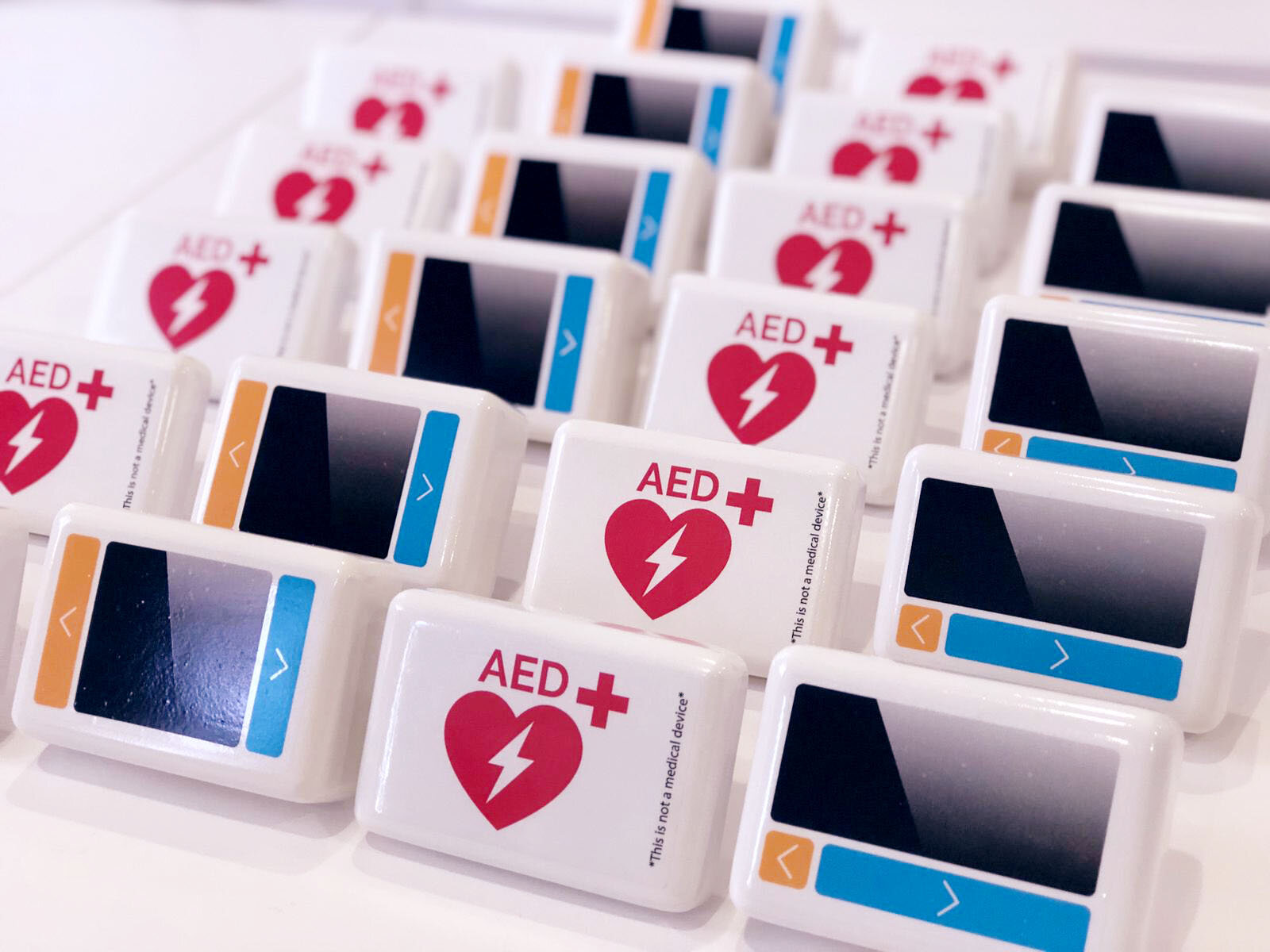


Interactive Prototype
We wanted to see how intuitively people use the object without any prompting from us.
Initial versions using paper instructions were ultimately too confusing, which led us to consolidate visuals into a screen.
Diagrams proved to be useful for accurate pad and hand placement.
Screen Iterations
In early versions, the screen was too small for any meaningful information to be transmitted.
Dual colored buttons and button placement was reminiscent of a Nintendo Switch, which we wanted to avoid for a medical device.
After testing, we realized users only needed one button; to repeat a previous instruction.
The screen became the focal point of the device after realizing the positive impact of diagrams in accuracy.

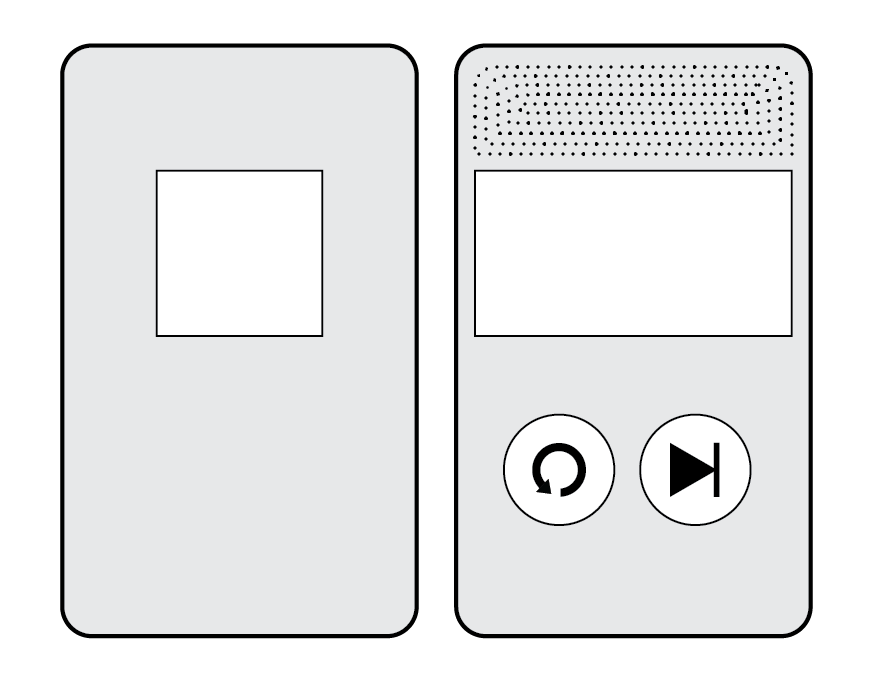
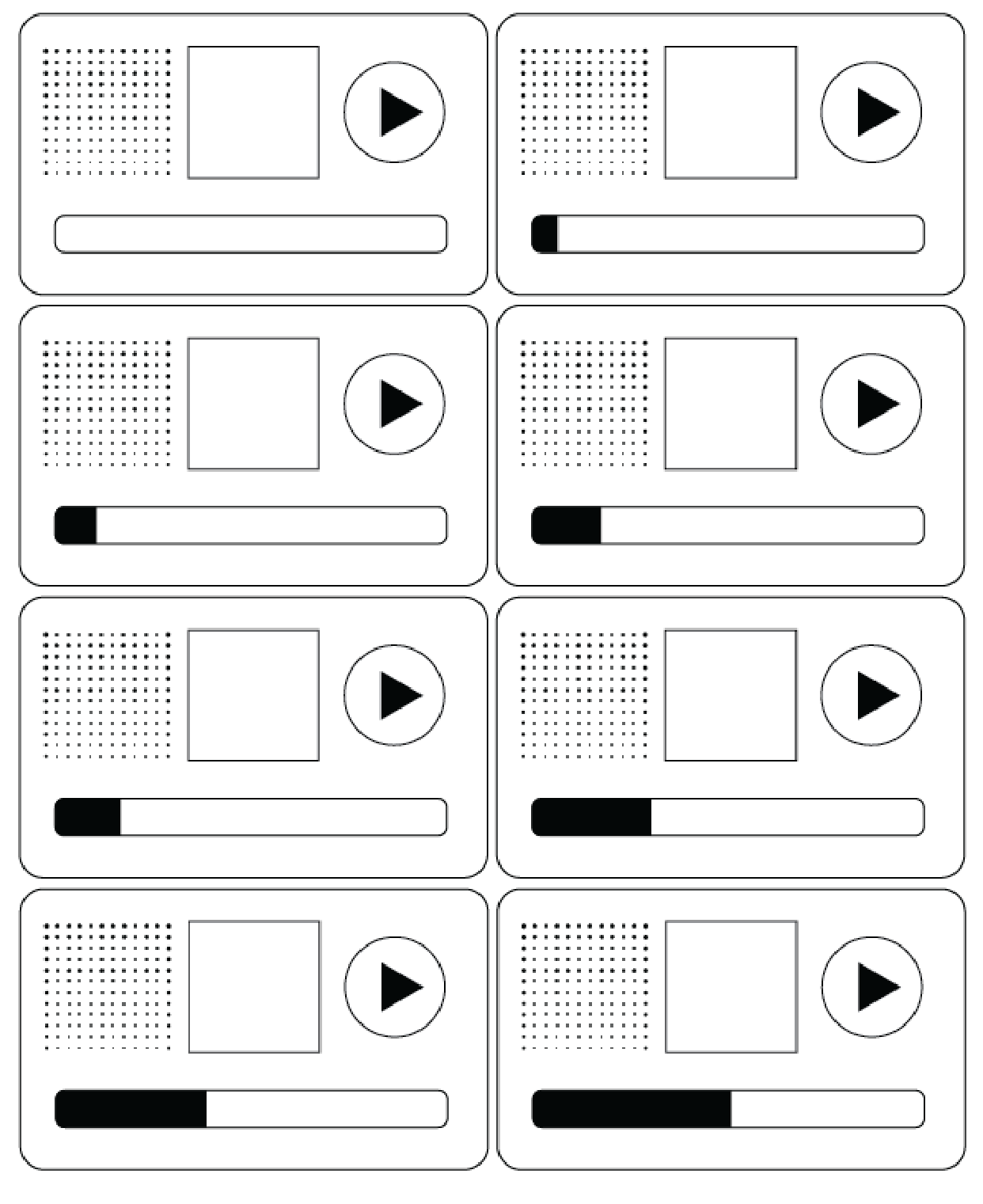


Gender Gap
Women were 27% less likely to receive help from bystanders due to uncertainty. By customizing the graphics for future female customers, we hope these graphics will give permission to the bystander to perform all steps necessary to successfully resuscitate the patient.
It is absolutely necessary to remove the bra, in case there is a metal underwire. The underwire would redirect the electric current from the defibrillator, rendering the device useless.
Final concept
Using Heart Restart is as easy as 1, 2, 3. You open the device, separate the two patches, and stick both patches on the patient.
All the steps are explained through the audio instructions and visual guidance on the screen, and the two shockable rhythms, ventricular tachycardia (VT) and ventricular fibrillation (VF), are automatically diagnosed to prevent misfires.
Using image recognition software on a patient’s ECG trace, it automatically detects the two shockable rhythms and will not fire unless it sees them. It attenuates its output based on the patient’s impedance and stores all information in an onboard SD card that can be handed over to paramedics as they arrive.
The driving factor behind the size and form of the device is the size of the capacitor and battery. We require a capacitor with high voltage operation and high capacitance (2000V, 200 microFarads) to allow for enough energy in the correct discharge time. This currently is achievable by only a single class of capacitors: power capacitors. These are purchasable now at the sizing indicated in this model, and we’ve contacted retailers to ask for a sample component.
All of this is possible within the lower bracket of defibrillator costs of £278 by components, and £714 by the time we include a development cost markup by a factor of three.
Heart Restart is highlighted by a leather tag and cord to help first responders locate the device in someone’s bag or pocket. In making it a visible object, we hope to see the AED signage become commonly understood in the way that an EpiPen is.
Heart Restart is a unique and innovative defibrillator because of its small size, it is owned by the at-risk patient and it empowers their friends and family to save their life in case of an emergency. Heart Restart gives a second chance at life—in a pocket.
